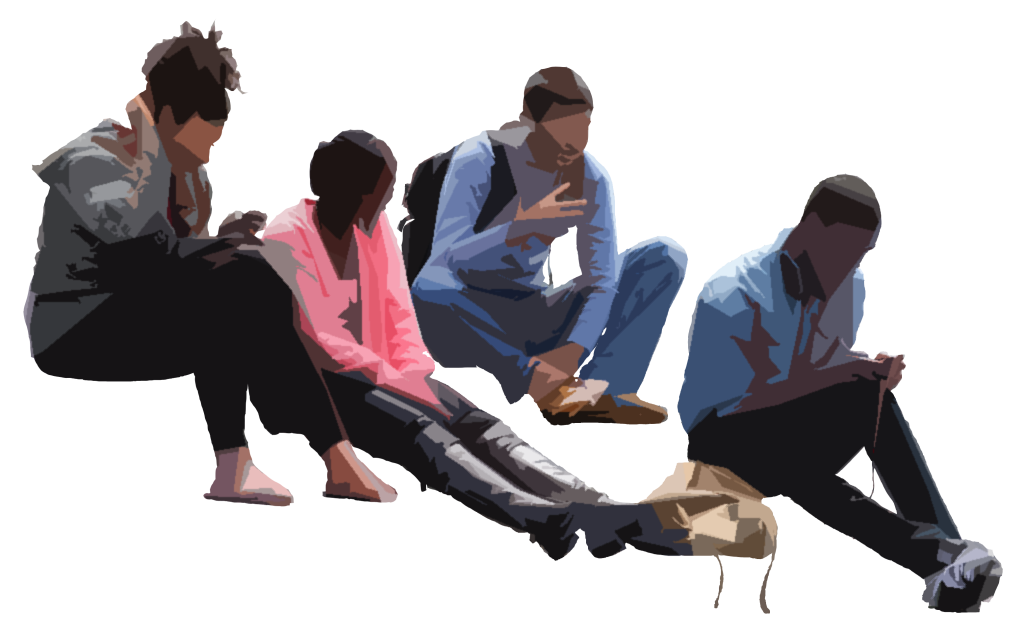Afaina de Jong commented last week in Het Parool that the city was built by a white middle-aged man without physical constraints. That does not mean that the city was designed only for the white man.
Needless to say, ‘his’ city is also designed for other users belonging to certain target groups, customised and based on participation. Also in ‘his’ city, there are residents, administrators, directors of housing corporations, or architects of a different colour, gender, or with different needs. But the city is largely built according to his standards and world view. Afaina’s statement shows that, influenced by feminist practice, queer theory, and the perceived importance of more inclusivity, a new agenda is being formulated on the basis of spatial claims that have been previously neglected.
The fact that the white man built the city also means that he has been an important factor in the architectural history of the city. He determined what architecture is and how the city would be used. He manned [sic] the spatial policy, quality committees, and supervisor teams, and thus determined which buildings and urban spaces had quality or not, which laws and requirements a floor plan had to meet, and who needed how much space. His starting points were subsequently reconfirmed in all kinds of places: in the archives of architectural firms, museums, and municipalities, in aesthetics committees, in Building Decrees, and in theoretical discourses.
This realisation has led to a conscious search for historiography based on other sources. Not by overwriting the existing ones, but by enriching them with new stories and new viewpoints. For ARCAM, these considerations led to the realisation that our Architecture Guide is due for a revision as well. For years we’ve collected buildings (more than 700 by now) based on criteria such as style, movement, oeuvre, material, and programme. The guide became an overview of extraordinary ma(i)nstream architecture, but still selected in a top-down process. We are now looking for a polyphonic perspective on Amsterdam’s (urban) space.
Which is why since last month we’ve been working on An Other Atlas of Amsterdam. Inspired by, for example, the Subjective Atlas, we look for ways to present a city that are not just based on functional criteria and sources but are experienced and created from below. Together with IHLIA, Wouter Pocornie, Wellmade Productions, The Beach, and Stichting NDSM-werf, we are seeking cross-links between subjective experiences, bottom-up narratives, and top-down spatial planning that will enrich our Architecture Guide. Not by setting criteria and outcomes in advance, but by intuitively discovering new forms together.
We begin our investigation on the Zeedijk. Once a chic neighbourhood for wealthy merchants, before they moved to the Grachtengordel in the 18th century, sailors could find cafés, sex, and drugs there. From the Zeedijk come stories about the Amsterdam queer community, the Chinese populace, the Jewish middle class, Surinamese jazz, the crime-ridden 1970s, and the present-day rendezvous for bachelorette mass tourism. But also new narratives that are being created today.
Afterwards, we move further into the city, searching for stories that do exist but haven’t been recorded as part of an architectural narrative. We hope thus to expand the existing criteria with new sources, which structurally lead to a broader range of classification for what architecture actually is. This could be about makers (carpenters, steel fixers, painters), communities, young mothers, about protest (squatter riots, Occupy, We Are Here), about logos and symbols, or about users with a physical constraint. Stories that perhaps go beyond physical buildings, but also beyond stereotypes and blind spots.

